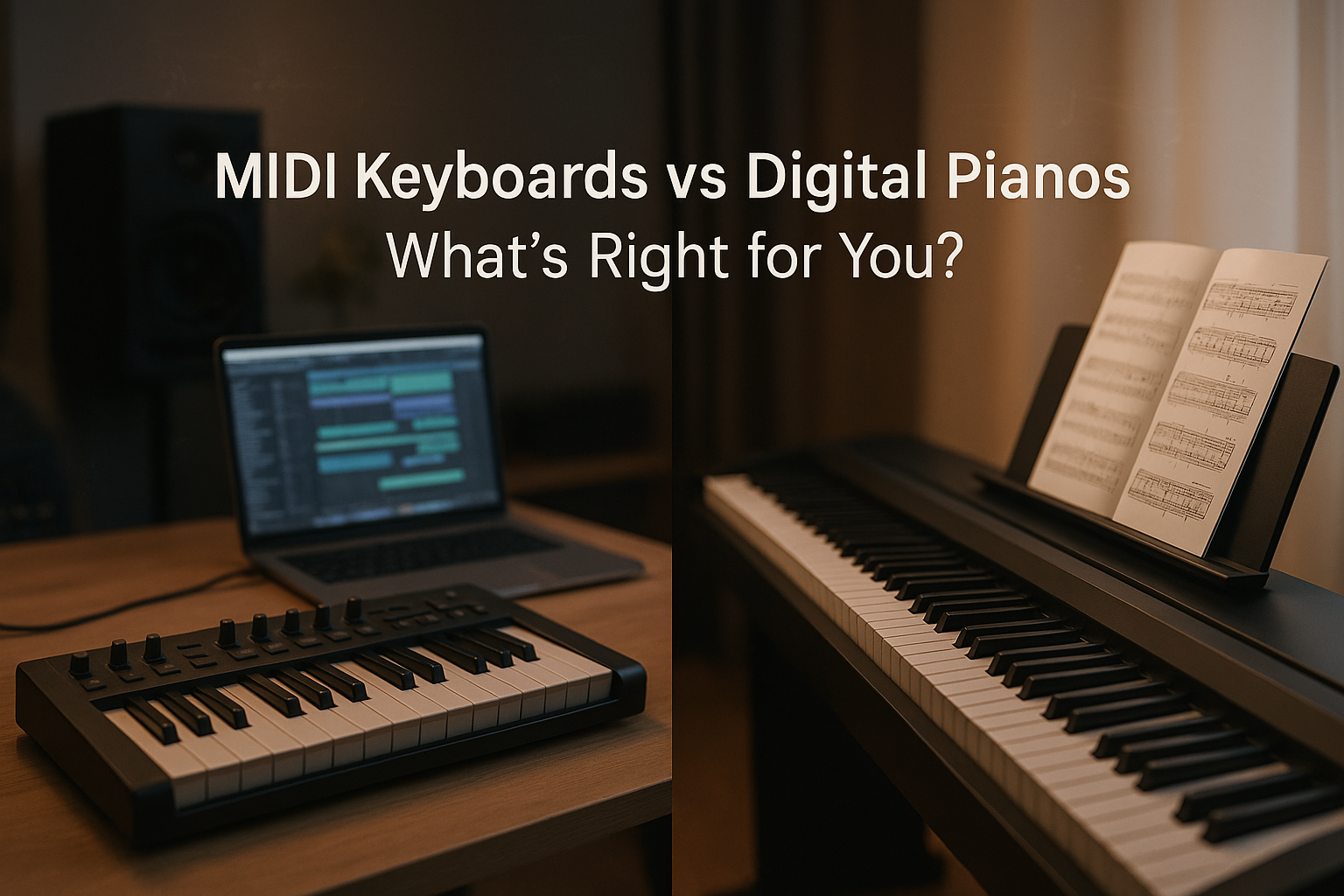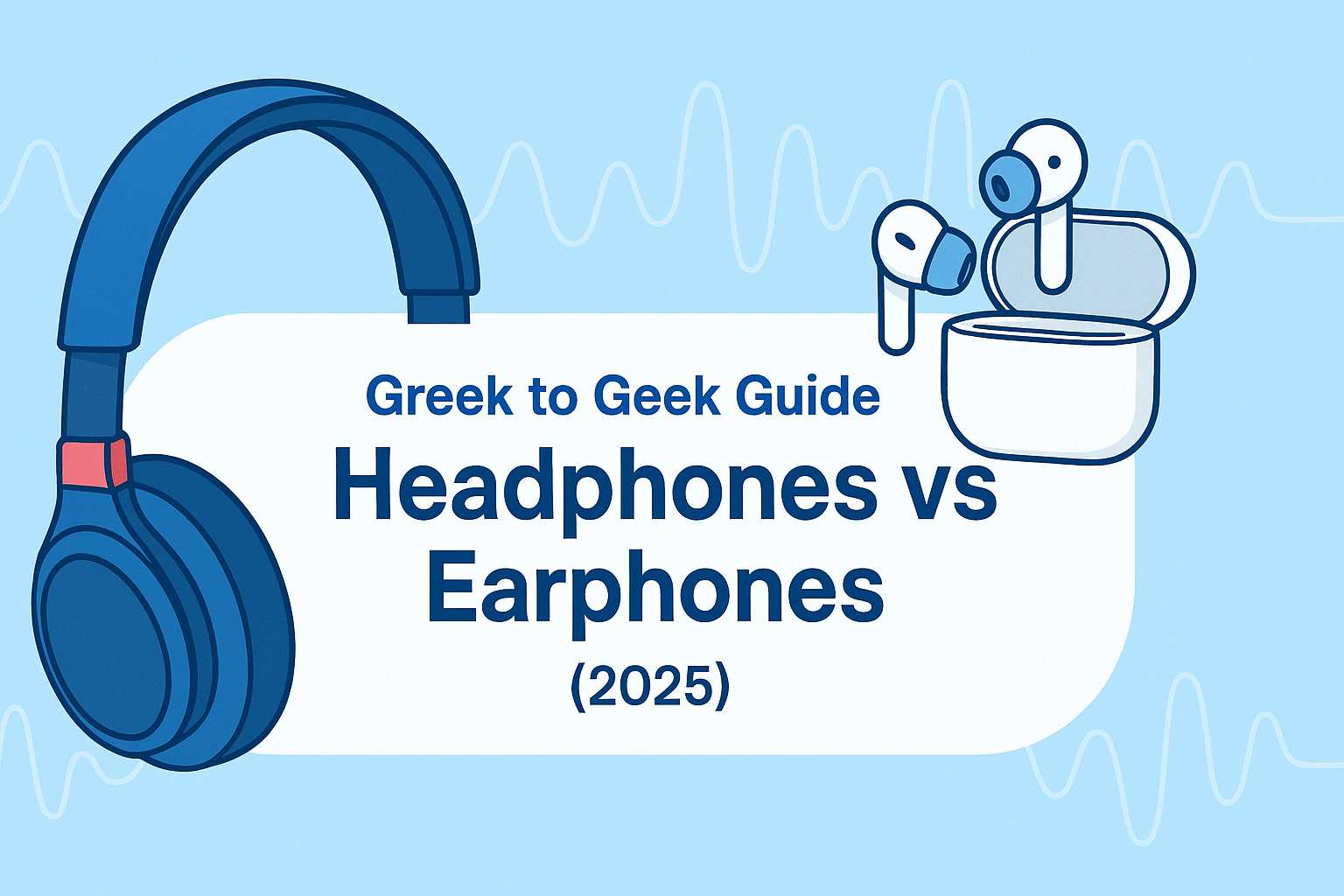Part III
The last time we spoke about studio monitors, we gave you a brief introduction about what a studio monitor is and what are the aspects you need to look at if you are looking to buy one. This time we are going to discuss the monitor components and recommend a list of studio monitors you can buy without thinking twice about the prices!
We know what you are thinking, what in the world are monitor components, yes? Well, let us put it this way – modern monitor components are made up of three primary parts: The Drivers, The Cabinet and The Circuit (aka Electronic Circuitry). Going ahead, we will be explaining each of these components in details.
Ever since the inception of power monitors, they have been the exceptional choice of the many musicians also for a reason that it includes an internal amplifier that helps them make it so very popular. When it comes down to monitor components, you can’t single out on just component to help you buy a monitor. Every bit of the monitors are designed to work in harmony with one another. For example: Having a great circuit won’t matter as much if you don’t have a sturdy cabinet that is not designed well enough for the circuit.
The two types of drivers you need to keep in mind are: woofers and tweeters. The third and the most uncommon three-way monitor is a midrange driver.
The woofers handles low mid, low and midrange frequencies and tweeters on the other hand allows you to handle midhigh and high frequencies. Whereas, a 3-way monitor a midrange driver, as the name suggests handles midrange frequencies. Now, if you add a subwoofer to your monitoring array, the sub takes over the low frequencies and all of the extremely low frequencies.
Many manufactures use different material to build their drivers like Glass, Carbon even titanium is used to make tweeters. Materials like glass and carbon were developed in 1950’s as they have high power handling abilities and they produce a more accurate and extended high frequency response
That being said, some tweeters are made of titanium and metal alloys that help bring out the inaccurate extended high-frequency and high power capacity.
Particularly, drivers are constructed in conical shape along with a dust cap that goes right at the center and surround that allows the cone and voice coil to move around. The materials used to make cone is either paper, cloth, polypropylene, fiberglass or Kevlar. The latter three materials are used to build a durable and long-lasting cone. Lighter cones have a faster response which makes your sound so accurate even with the changes in the frequencies.
Now, to the cabinets. We think you all know what a cabinet means in studio monitors, for those of you who are just starting out their musical journey and are unaware of it, let us put it this way.

Cabinets are exceptionally designed studio monitors, that are made to get the maximum performance from its drivers. Experts design a cabinet around the driver, to maintain the driver’s performance and not adulterate the sound quality in any way. Cabinets are designed to include ports or passive radiators that help the monitors with improving the clarity of the sound and bass frequencies.
We’ve covered the two main components in a studio monitor, but like we’ve said, you cannot ignore any of these components. Coming to our third and last component in a studio monitor – the circuit.
Apart from deciding whether you should opt for a powered or unpowered monitor, your biggest concern should be the different kinds of connection it has and supports. You MUST read the inputs offered by the monitor to know for sure that it will work with the equipment you already have. For most connections, monitors already have an existing ¼” TRS, XLR, RCA or S/PDIF jacks. While some offer only unbalanced and balanced inputs, some have both!
Now that we have covered all of the important factors that should influence your decision when you are going to buy studio monitors let’s check one more thing in the list.
How should you decide on a pair of monitors?

Purchasing a studio monitor can be extremely subjective. If you play only acoustic jams, you might require different sets of monitors, whereas your friend who plays metal jams may require different sets of monitors. This is why we bring to you a list of studio monitors from BAJAAO Experts that fits your requirement individually and your budget as well.

KRK Rokit 6
KRK Rokit 6 Generation 3 Powered Monitors/Speakers: KRK is known for their precision when it comes to Studio Monitors and are exceptionally famous for their ROKIT series. KRK Rokit 6 is one of the most affordable and amazing studio monitors you are looking to buy. Perfect for beginners and mid-level musicians. Enough to cover a small gig, KRK steals the number one spot on BAJAAO Recommends!

Yamaha HS-5
Other studio monitors you can also opt for is Yamaha HS-5 Studio Monitor Speaker, apart from the fact that it’s YAMAHA, one of the reasons why HS-5 make quite a popular choice among musicians looking to is the noise reduction it comes with. HS-5 reduces the noise by 6dB! It is also affordable, sleek in design and easy to move around.
One can never forget M-Audio when it comes to studio monitors. Among the popular Carbon series by M-Audio, M-Audio BX5 Carbon Studio Monitor and M-Audio BX8 Carbon Studio Monitor stand out in the crowd. Known for their effectiveness, precision and most of all compact design that makes it much more accessible and mobile which is why BX5 and BX8 gain a quite name for themselves among the musicians.

M-Audio BX5

M-Audio BX8
A little on the higher end comes the unbelievably awesome Genelec Studio Monitors. Genelec monitors are known for their class designs and more over their accuracy that is unachievable with low or mid-end monitors. Genelec monitors are tad bit costly and we don’t recommend this for beginners or mid-level musicians that are starting to experiment with their music, however for established musicians looking to upgrade their studio Genelec is one of the best options for them!
That is all for this time, next time at BAJAAO recommends we will be back with more articles on how to buy a particular product. If you are still unsure about which studio monitors you should choose, give us a call on 022 6105 4386 and speak to your BAJAAO Experts for more details, now go play!




Share:
Buying Guide: How to Choose Perfect Studio Monitors – Part 2
David Bowie's Life in Pictures